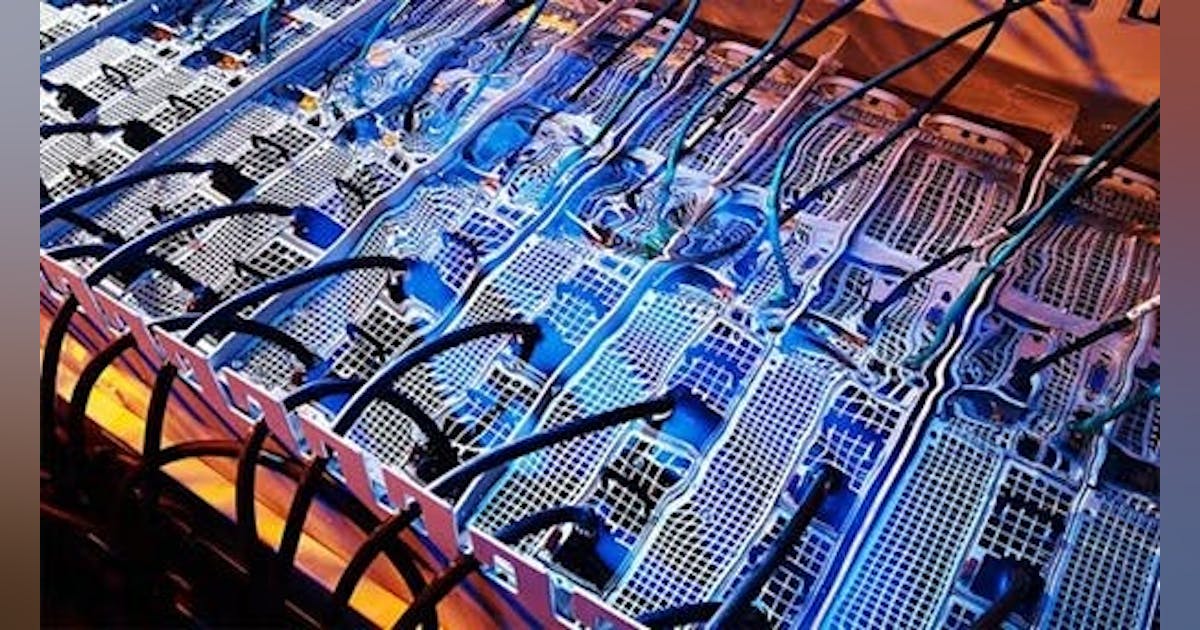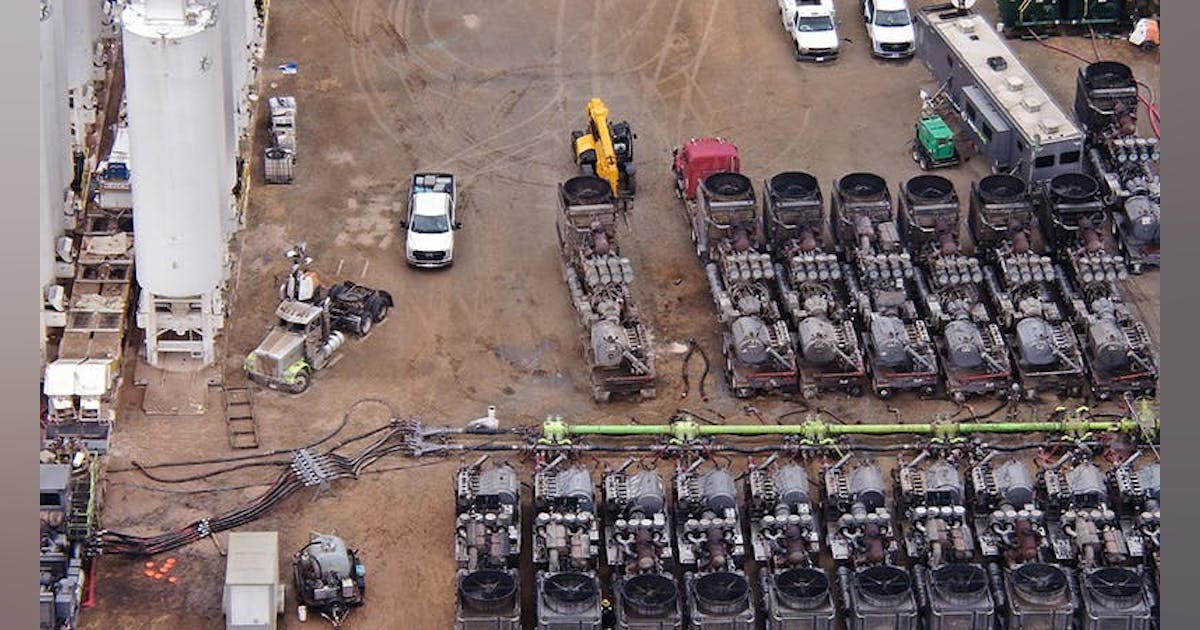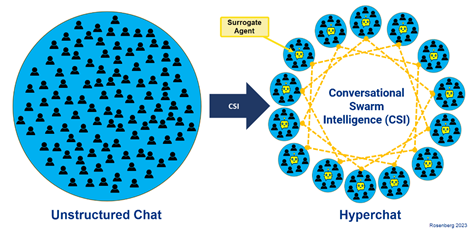
Michael Lahoud, Stream Data Centers: For the past two years, Stream Data Centers has been developing a modular, configurable air and liquid cooling system that can handle the highest densities in both mediums. Based on our collaboration with customers, we see a future that still requires both cooling mediums, but with the flexibility to deploy either type as the IT stack destined for that space demands. With this necessity as a backdrop, we saw a need to develop a scalable mix-and-match front-end thermal solution that gives us the ability to late bind the equipment we need to meet our customers’ changing cooling needs.
It’s well understood that liquid far outperforms air in its ability to transport heat, but further to this, with the right IT configuration, cooling fluid temperatures can also be raised, and this affords operators the ability to use economization for a greater number of hours a year. These key properties can help reduce the energy needed for the mechanical part of a data center’s operations substantially.
It should also be noted that as servers are redesigned for liquid cooling and the onboard server fans get removed or reduced in quantity, more of the critical power delivered to the server is being used for compute. This means that liquid cooling also drives an improvement in overall compute productivity despite not being noted in facility PUE metrics.
Counter to air cooling, liquid cooling certainly has some added management challenges related to fluid cleanliness, concurrent maintainability and resiliency/redundancy, but once those are accounted for, the clusters become stable, efficient and more sustainable with improved overall productivity.





















